Spoiler alert: The following content contains essential themes and plot points.
When I first saw The Wizard of Oz at age five, I cringed at the sight of gargoyles winging Dorothy off to Elphaba’s castle. Later, I cheered when Dorothy hurled a bucket of water onto the Wicked Witch of the West, melting her.
Several years and re-runs later, I found this climax dissatisfying. I hadn’t been told the whole story. Why was Elphaba so mean? Was someone mean to her?
“Don’t question it,” the adults told me. “Elphaba was the bad witch. The bad must be punished.” Such was my entree to the binary world of parental justice. But the question haunted me: What happened to Elphaba to make her so mean?
Unfortunately, I was unable to give the same dispensation to the first companion animals I met who acted mean toward me. When a stray cat hissed and scratched me and a neighbor’s dog bore his teeth to my approach, I fell into my parental trap of first impressions: they must be bad.
Over time and exposure to hosts of pets, I came to understand that animals could be welcoming, friendly, and loving. I also learned that loving pets can have their bad days the same way unfriendly pets can have better days. Acting “mean” may not be mean at all. “Mean” might be fearful. Or protective. Like I could be, sometimes. So much for at least one parental paradigm — and the reliability of first impressions.
Which circled me back to Elphaba. What happened to her? The answer eluded me until my wife and I saw the film adaptation of Wicked, Part I. From childhood, Elphaba was scorned, ridiculed and ostracized for her green complexion and spiky fingernails. Despite this treatment, it was she who, as a freshman at Shiz University, defied the decree that animals were not worthy of teaching people. She unmasked the Great Oz wizard as mastermind of the plot to silence animal teachers. It was the “benevolent” Oz who used Elphaba’s talents to turn Oz’s monkey sentries into gargoyles unleashed to spy on the populace.
I find the frequent discrepancy between reality and my first impressions sobering. I find my flash mis-categorizations of good and evil humbling. Decades ago, long before I knew about Michael Vick and his cruel methods of baiting dogs in the fighting ring, I believed pit bulls were evil, irredeemable dogs. I minced away at the sight of their cropped ears and square jaws. Upon learning how people programmed these naturally-loving beings to satisfy their blood-lust, I minced away again. This time, in shame. In childhood, my dad held me rapt with tales of canine heroes who rushed first aid to the trenches or pulled wounded soldiers from danger. He didn’t share how our Soviet allies strapped explosives to the backs of dogs for use as anti-tank weapons. Apparently, the Oz wizard worked his nefarious deeds long before WICKED was released.
As I scour for New Years’ resolutions beyond the decision to choose kindness as a way of life, one question keeps re-surfacing. In my judgements of good and evil and first impressions, am I willing to be wrong?

